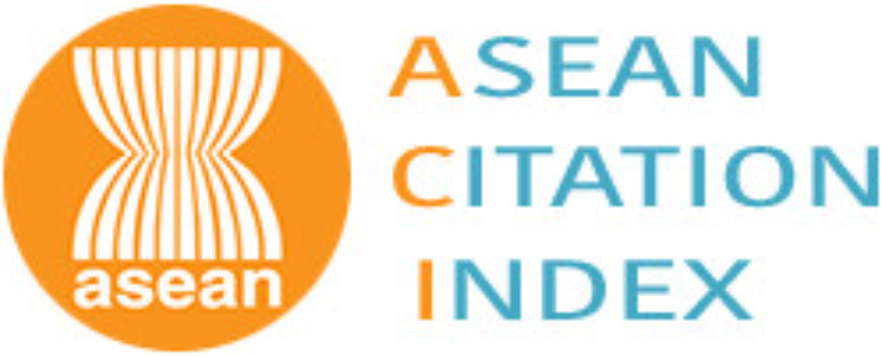The effect of the setback angle on overturning stability of the retaining wall
Email:
ngantt@utt.edu.vn
Từ khóa:
Retaining wall, setback angle, overturning stability
Tóm tắt
Retaining walls are a relatively common type of protective structure in construction to hold soil behind them. The form of the retaining wall is also relatively diverse with changing setback angle. Design cross-selection of retaining wall virtually ensures the stability of the retaining wall depends on many aspects. It is essential to consider these to bring the overall picture. For this reason, the authors selected a research paper on the influence of the setback angle on the overturning stability of the retaining wall. To evaluate the behavior stability of retaining wall with some key factors having different levels such as setback angle, internal friction angle of the soil, the slope of the backfill is based on the design of the experiment (DOE) with useful statistical analysis tools. These, proposing the necessary technical requirements in choosing significant cross-sections of retaining structure to suit natural terrain and save construction costs, ensure safety for the project.Tài liệu tham khảo
[1]. S. P. Parmar, Lateral Earth Pressure, Department Of Civil Engineering Dharmasinh Desai University, Nadiad, 2012.
[2]. T. X. Nguyen, H. N. Duong, Design of motorways, Education Publishing House, Vietnam, 2002.
[3]. N. S. Nguyen, Factors affecting slope stability in Vietnam, Proceedings of the 5th National Conference of Rock Mechanics - Leaving Environment, Stone Mechanics Association Vietnam, Hanoi, 2006.
[4]. N. N. Maslov, Engineering geology and soil mechanics, Mossow Premium Pine Publisher, 1982.
[5]. Designing an Experiment, https://support.minitab.com/en-us/minitab/18/getting-started/designing-an-experiment/
[6]. B. Duraković, H. Bašić, Continuous Quality Improvement in Textile Processing by Statistical Process Control Tools: A Case Study of Medium-Sized Company, Periodicals of Engineering and Natural Sciences, 1 (2013) 39-46, 2013. http://dx.doi.org/10.21533/pen.v1i1.15
[7]. B. G. Look, Handbook of Geotechnical Investigation and Design Tables, Taylor & Francis Group, London, UK, 2007.
[8]. P. Yang, L. Li, M. Aubertin, Theoretical and Numerical Analyses of Earth Pressure Coefficient along the Centerline of Vertical Openings with Granular Fills, Applied Sciences, 8 (2018) 1721. https://doi.org/10.3390/app8101721
[9]. Retaining Wall - An Introduction to Choosing the Right Wall, 2019. https://www.buildingsolutions.com/industry-insights/retaining-walls-101-an-introduction-to-choosing-the-right-wall
[10]. Chapter14 – Retaining Walls, Bridge Manual Chapters, 2020. https://wisconsindot.gov/pages/doing-bus/eng-consultants/cnslt-rsrces/strct/bridge-manual.aspx
[2]. T. X. Nguyen, H. N. Duong, Design of motorways, Education Publishing House, Vietnam, 2002.
[3]. N. S. Nguyen, Factors affecting slope stability in Vietnam, Proceedings of the 5th National Conference of Rock Mechanics - Leaving Environment, Stone Mechanics Association Vietnam, Hanoi, 2006.
[4]. N. N. Maslov, Engineering geology and soil mechanics, Mossow Premium Pine Publisher, 1982.
[5]. Designing an Experiment, https://support.minitab.com/en-us/minitab/18/getting-started/designing-an-experiment/
[6]. B. Duraković, H. Bašić, Continuous Quality Improvement in Textile Processing by Statistical Process Control Tools: A Case Study of Medium-Sized Company, Periodicals of Engineering and Natural Sciences, 1 (2013) 39-46, 2013. http://dx.doi.org/10.21533/pen.v1i1.15
[7]. B. G. Look, Handbook of Geotechnical Investigation and Design Tables, Taylor & Francis Group, London, UK, 2007.
[8]. P. Yang, L. Li, M. Aubertin, Theoretical and Numerical Analyses of Earth Pressure Coefficient along the Centerline of Vertical Openings with Granular Fills, Applied Sciences, 8 (2018) 1721. https://doi.org/10.3390/app8101721
[9]. Retaining Wall - An Introduction to Choosing the Right Wall, 2019. https://www.buildingsolutions.com/industry-insights/retaining-walls-101-an-introduction-to-choosing-the-right-wall
[10]. Chapter14 – Retaining Walls, Bridge Manual Chapters, 2020. https://wisconsindot.gov/pages/doing-bus/eng-consultants/cnslt-rsrces/strct/bridge-manual.aspx
Tải xuống
Chưa có dữ liệu thống kê

Nhận bài
05/10/2020
Nhận bài sửa
30/10/2020
Chấp nhận đăng
06/11/2020
Xuất bản
25/01/2021
Chuyên mục
Công trình khoa học
Kiểu trích dẫn
Thi Thu Nga, N., Van Thuc, N., Thanh Quang Khai, L., & Thanh Trung, N. (7600). The effect of the setback angle on overturning stability of the retaining wall. Tạp Chí Khoa Học Giao Thông Vận Tải, 72(1), 66-75. https://doi.org/10.47869/tcsj.72.1.8
Số lần xem tóm tắt
184
Số lần xem bài báo
1199









